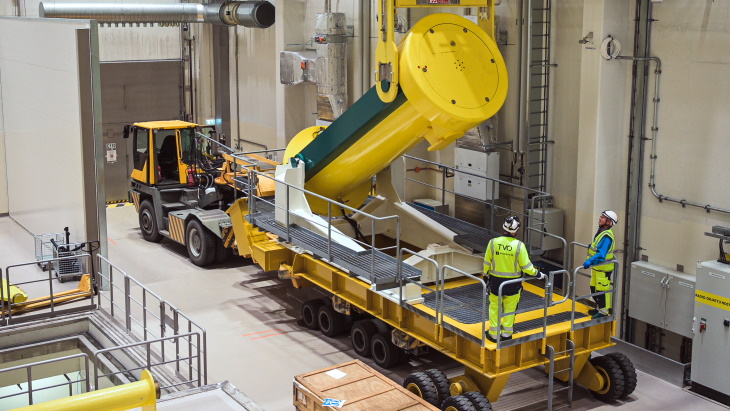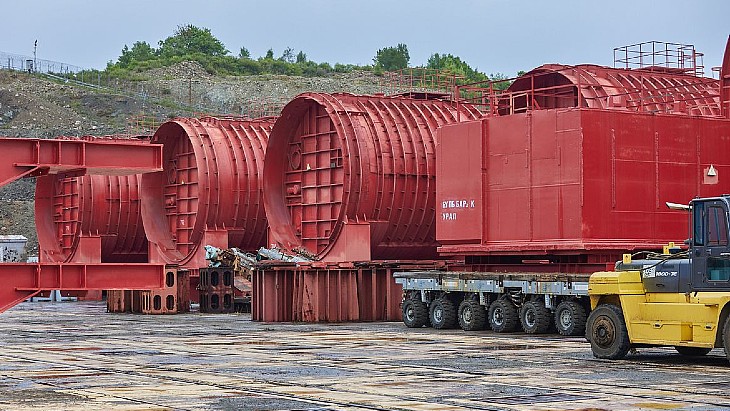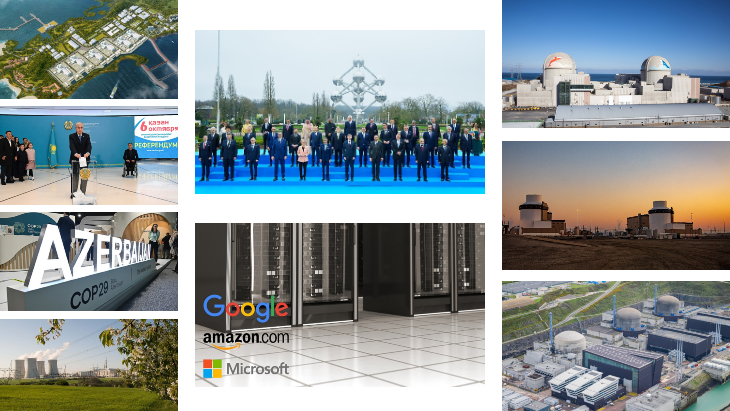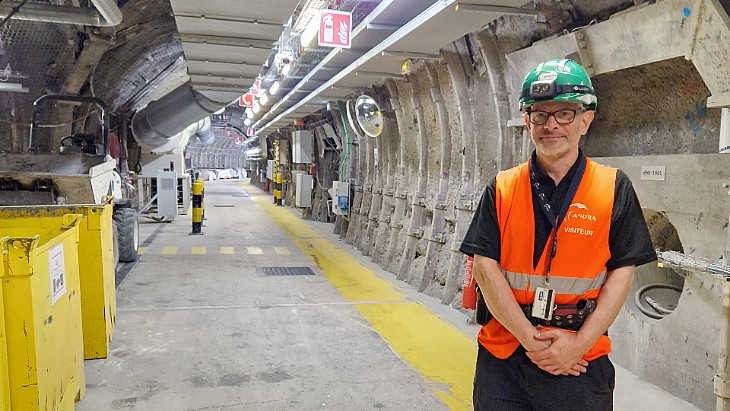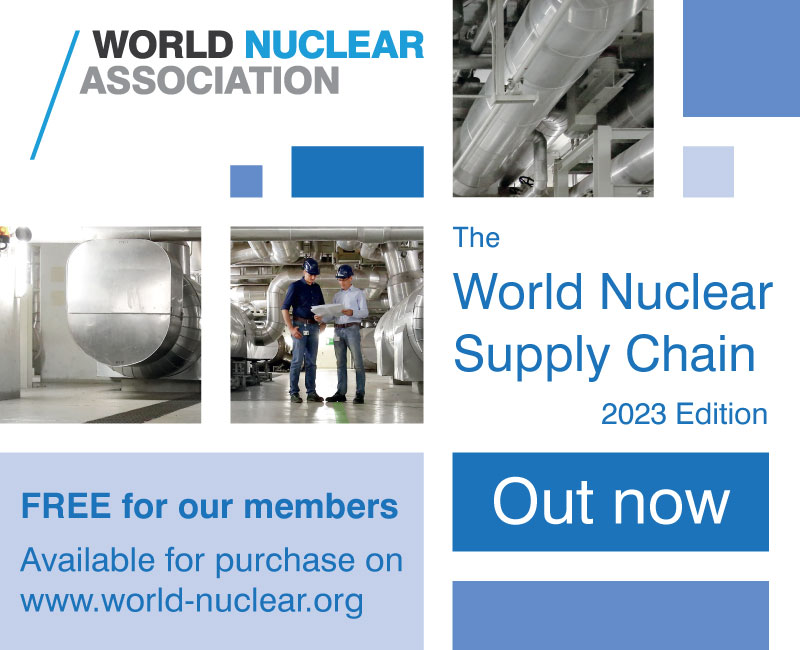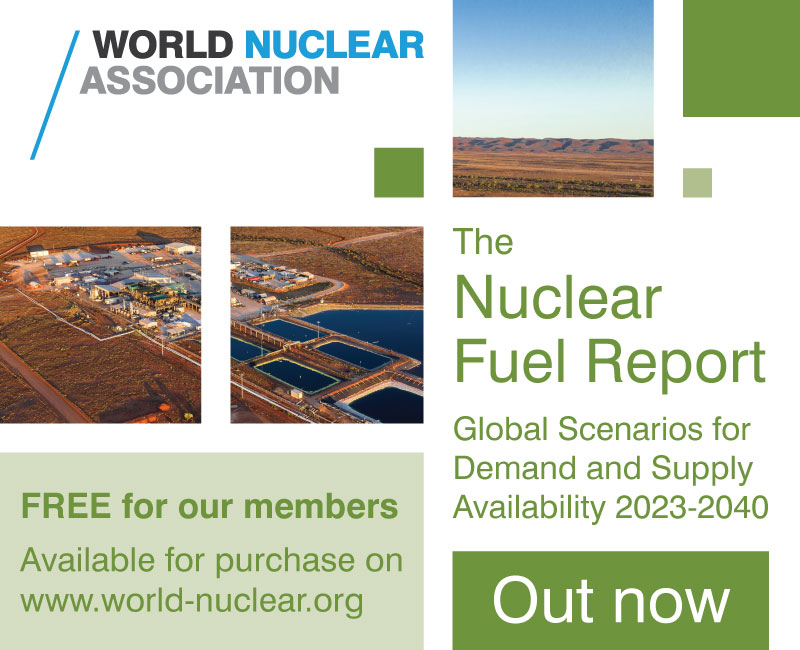UK's nuclear clean-up cost estimate dips to $154 billion
The cost of cleaning up the UK's historic nuclear sites has decreased slightly from last year's estimate, the Nuclear Decommissioning Authority (NDA) said in its Nuclear Provision corporate report, which it published on 13 July. Nuclear Provision is the best estimate of how much it will cost to clean up 17 of the country's earliest nuclear sites over a program lasting around 120 years.
The estimate is based on the expected costs of decommissioning, dismantling and demolishing the buildings, managing and disposing of all waste, and remediation of land. The Nuclear Provision also includes the costs of running more modern plants that are still operational, in particular Sellafield's reprocessing facilities.
The estimate now stands at around £117 billion ($154 billion) spread across the next 120 years, which is down slightly from last year's estimate of £118 billion.
"Decommissioning many of these facilities will continue well into the 22nd century. Over this timescale, plans and forecasts will be affected by technology improvements, changes in government policy, economic circumstances and environmental issues," the NDA said. "The figure is updated annually but should be regarded as an informed estimate that depends on assumptions about future developments and lies within a range of possible figures," it added.
The NDA owns the historic sites on the government's behalf and is responsible for deciding how they should be decommissioned. Decommissioning work is carried out by Site Licence Companies, working for the NDA.
Costs are currently around £3 billion annually. Of this, about two-thirds is met by the government and the remainder from revenue earned through the NDA's commercial activities. This includes contracts with UK and overseas customers for the reprocessing and management of used nuclear fuels. At Sellafield, operational plants are forecast to generate about £10 billion of income between 2015 and 2027, the NDA says in the report.
Although the 2016 forecast is that future clean-up across the UK is broadly unchanged from the previous year's estimate, the NDA said forecasts for work that will be carried over the next century are inevitably uncertain. "It will be a number of years, for example, before many site programs resolve exactly how the work will be delivered and identify suitable technologies," it added.
In recognition of this uncertainty, the NDA publishes a range of estimates that could potentially be realistic. Based on the best data now available, different assumptions could produce figures somewhere between £95 billion and £219 billion, it said. Even these estimates will be subject to variation depending on emerging technological developments, as well as political changes and global economics, it added.
When publishing its accounts, the NDA is however required to provide a single figure and discounted to a 'today' value using rates laid down by HM Treasury and linked to government borrowing costs (adjusted for inflation). The latest rates, announced in December 2015, for the first time include a negative discount rate for expenditure more than ten years into the future. This results in a discounted provision of £161 billion.
The decommissioning mission is scheduled for completion in 2120, more than a century after the creation of the NDA.
"At sites where a decommissioning program is relatively straightforward and the challenges well understood, costs can be calculated with relative confidence and ultimately driven down," it said. "This is already happening at the sites of 11 Magnox nuclear power stations - first built during the 1950s to 1970s - as well as the former nuclear research sites at Dounreay, Harwell and Winfrith. At these sites, cost estimates are being reduced by billions of pounds and work accelerated."
But the NDA's largest site, Sellafield, "poses levels of complexity and uncertainty that are unique in the global nuclear sector", it said.
Regarding the costs for decommissioning other UK nuclear sites, the private-sector operator EDF Energy will fund decommissioning for the second generation of nuclear power stations, the Advanced Gas-Cooled Reactor (AGR) fleet. Funds for the future decommissioning program are set aside via the Nuclear Liabilities Fund.
"The next generation of nuclear power stations will be built by the private sector, with decommissioning plans and cost forecasts in place at the outset," the NDA said. "The latest generation of reactors are vastly more efficient than the early designs. They will produce far less waste and are expected to be cheaper to dismantle."
Annual report
The NDA has also recently published its annual report for 2015-2016, which states it has achieved more than £1 billion of commercial income of through contracts for reprocessing and management of used fuels, electricity generation at the Wylfa nuclear station and "ongoing asset disposal".
John Clarke, the NDA's chief executive and accounting officer, said in the annual report that the past year had brought a number of major developments for the authority, "but perhaps the most significant" were the UK Government's Spending Review, the publication of its latest long-term Strategy and the introduction of new management arrangements at Sellafield.
The Spending Review followed the election of the new UK government and applied to the entire public sector. Its stated aim is to safeguard investment in priority areas while taking difficult decisions to bring down the nation's debt.
Clark said: "The NDA secured a funding settlement that, while requiring us to strengthen our focus on improving the efficiency of our operations, also enables us to continue making progress across the estate. It is an acknowledgement that our mission is important to the UK and ensures we are able to maintain our commitment to our priority programs."
He added that, over the course of the year, the NDA has spent £3 billion in addressing the complex decommissioning tasks across the estate, and secured £1 billion in revenue to offset this cost.
"Working alongside our Parent Body Organisations, SLCs and suppliers, the driving strategic message for the years ahead is to deliver the same work for less cost where possible, to seek better ways of doing things and to do better things (improving efficiency and effectiveness), while always keeping sites safe and secure," he said.
Researched and Written
by World Nuclear News
_17992.jpg)
